Inside Powerhouse: The redevelopment of Lots Road Power Station, which once fuelled the London Underground
The twin-turreted building has followed in the footsteps of Battersea Power Station, being transformed into luxury homes and retail units
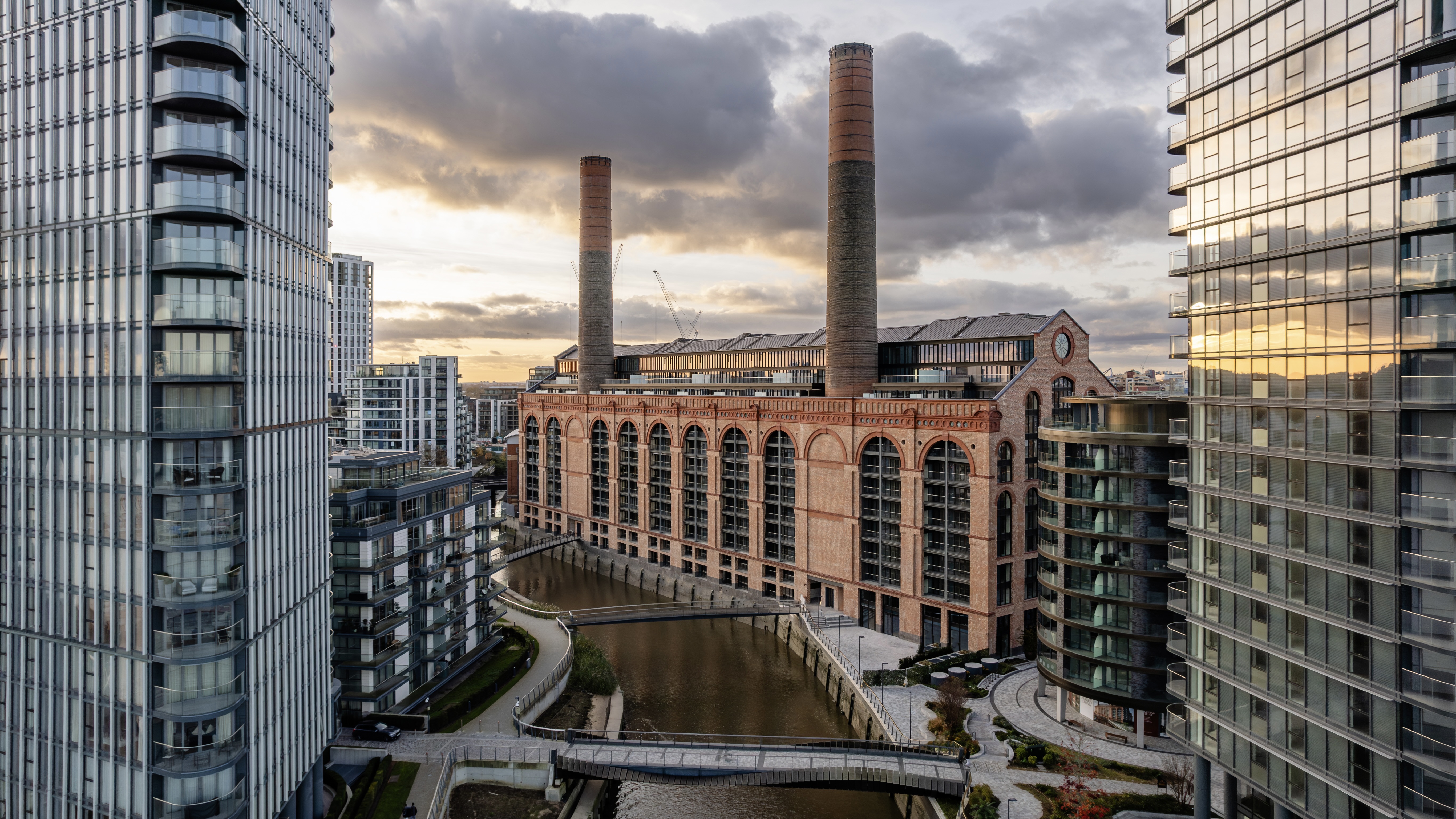
January saw the much-anticipated completion of Powerhouse – the transformation of London’s Lots Road Power Station into a residential and retail development. The project is part of the wider development Chelsea Waterfront, which comprises ten buildings, including the tallest residential building in SW10.
The construction of Powerhouse was masterminded by architect Terry Farrell, and sought to blend the industrial heritage of this century-old landmark with modern luxury, including repurposing the original chimneys.
Contributing to the interiors of Powerhouse: Fiona Barratt-Campbell, who designed the 100-metre atrium, and BAYA, BLOCC Interiors’ new studio, which curated two show apartments.
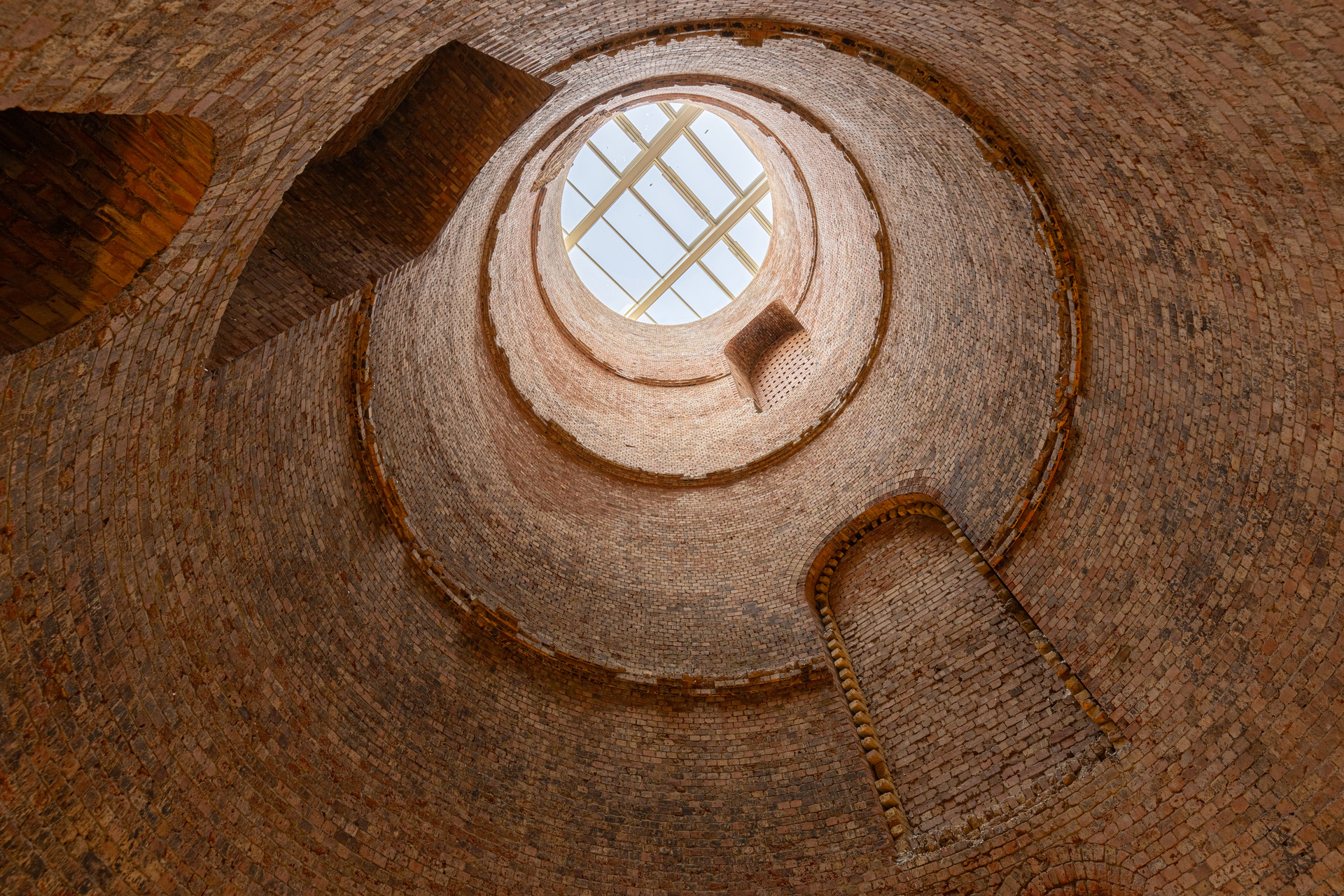
The view from the bottom of one of Lots Road Power Station's restored chimneys
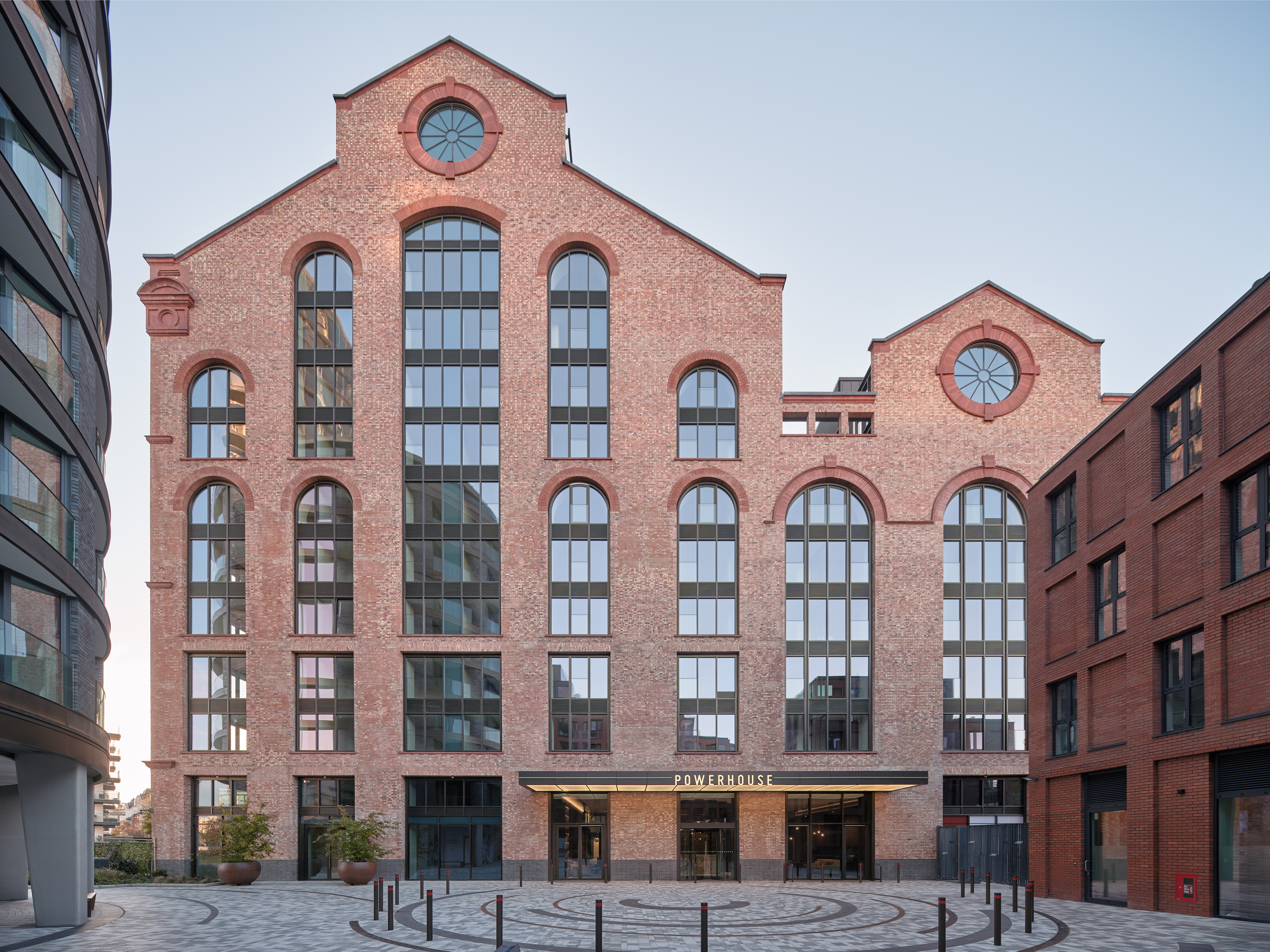
As we saw with the regeneration of Battersea Power Station, reviving a stagnating landmark takes meticulous planning. The creation of Powerhouse required the removal, restoration and relocation of two million bricks over two years, with 60 workers committed to this endeavour alone. The entire process took eight years.
The chimneys, which stand at approximately 84m tall, are the focal point of the development, and have been designed to be open at their bases so that visitors can look up into the vertical shafts. They have been transformed into retail units, which are integrated in Barratt-Campbell’s atrium design.

The 'electric current' lighting installation in Fiona Barrett-Campbell's atrium

The granite desk in the concierge, which echoes a time when coal was Lots Road Power Station's power-generating source
The atrium is on the site of the former turbine hall. Although this space echoes the industrial heritage Lots Road, it is also updated for the 21st century, reflecting the evolution of the building: evergreen trees stand in the spots once occupied by the turbines, while water troughs flow through the central space, simulating the steam that was used to power turbines. Overhead, a lighting installation representing an electrical current pays homage to the power station's original purpose.
The concierges, which bookend the atrium, also designed by Barratt-Campbell, also incorporate design touches reminiscent of Powerhouse’s past life. A solid granite desk reminds of the coal that was once the building’s primary power generating source.
Receive our daily digest of inspiration, escapism and design stories from around the world direct to your inbox.

The interior of one of the BAYA show apartments
Powerhouse contains 260 apartments with views of the Thames. Show apartments have been designed by a carefully-selected curation of designers, including Morpheus & Co and a debut from BAYA. Two four-bed apartments by BAYA were inspired by the arches of the atrium, incorporating organic curves and an industrial colour palette.
When Lots Road Power Station opened in 1905, it was London’s largest power station, burning 700 tonnes of coal per day, which eventually allowed most of the London Underground to make the transition from steam to electric. The station was shut down in 2002, at which point the Underground became fully powered by the National Grid.
Powerhouse joins Battersea Power Station and the Tate Modern (formerly Bankside) as a landmark redevelopment of an industrial relic.
Anna Solomon is Wallpaper’s digital staff writer, working across all of Wallpaper.com’s core pillars. She has a special interest in interiors and curates the weekly spotlight series, The Inside Story. Before joining the team at the start of 2025, she was senior editor at Luxury London Magazine and Luxurylondon.co.uk, where she covered all things lifestyle and interviewed tastemakers such as Jimmy Choo, Michael Kors, Priya Ahluwalia, Zandra Rhodes, and Ellen von Unwerth.
-
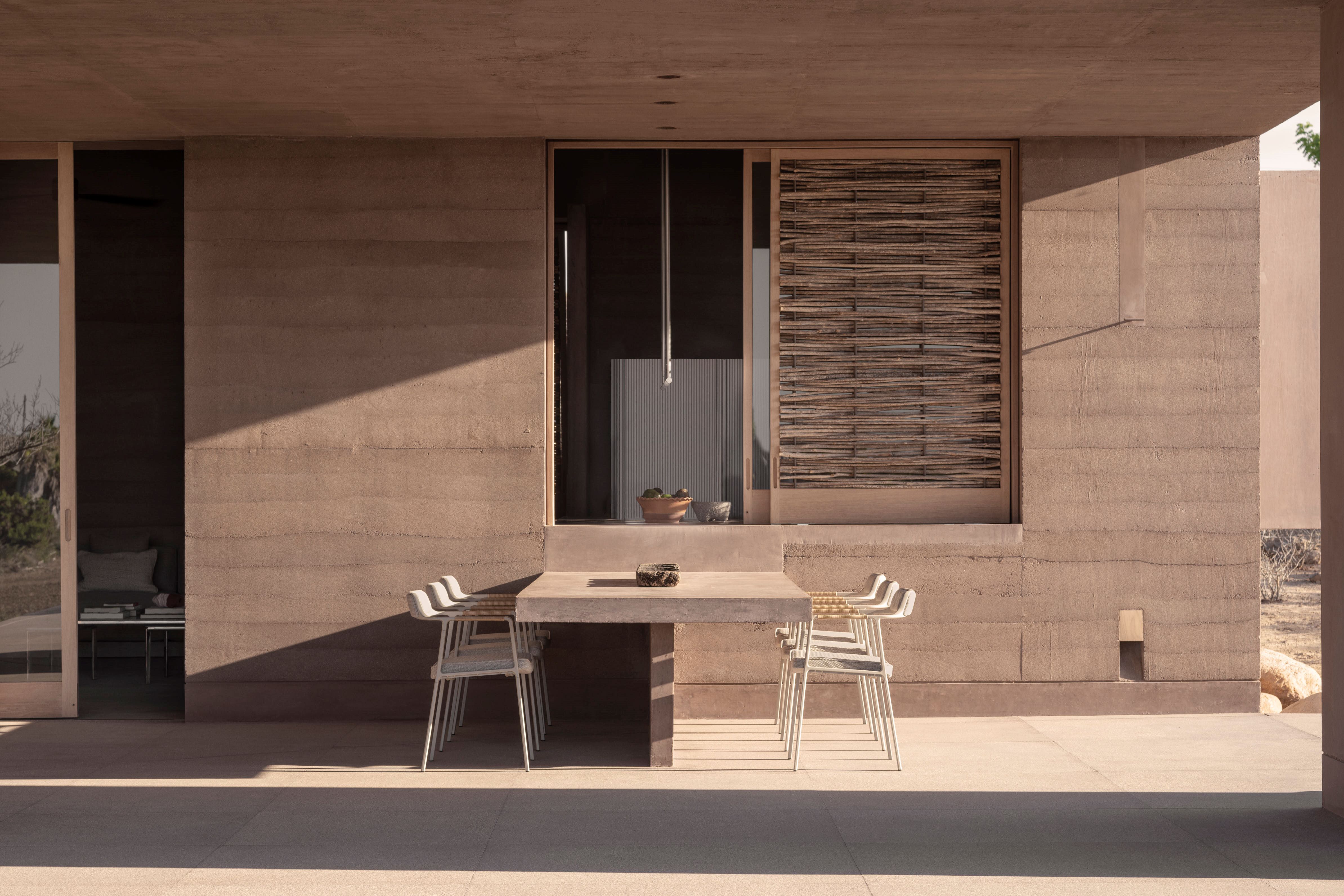 This Mexican architecture studio has a surprising creative process
This Mexican architecture studio has a surprising creative processThe architects at young practice Pérez Palacios Arquitectos Asociados (PPAA) often begin each design by writing out their intentions, ideas and the emotions they want the architecture to evoke
-
 The Bombardier Global 8000 flies faster and higher to make the most of your time in the air
The Bombardier Global 8000 flies faster and higher to make the most of your time in the airA wellness machine with wings: Bombardier’s new Global 8000 isn’t quite a spa in the sky, but the Canadian manufacturer reckons its flagship business jet will give your health a boost
-
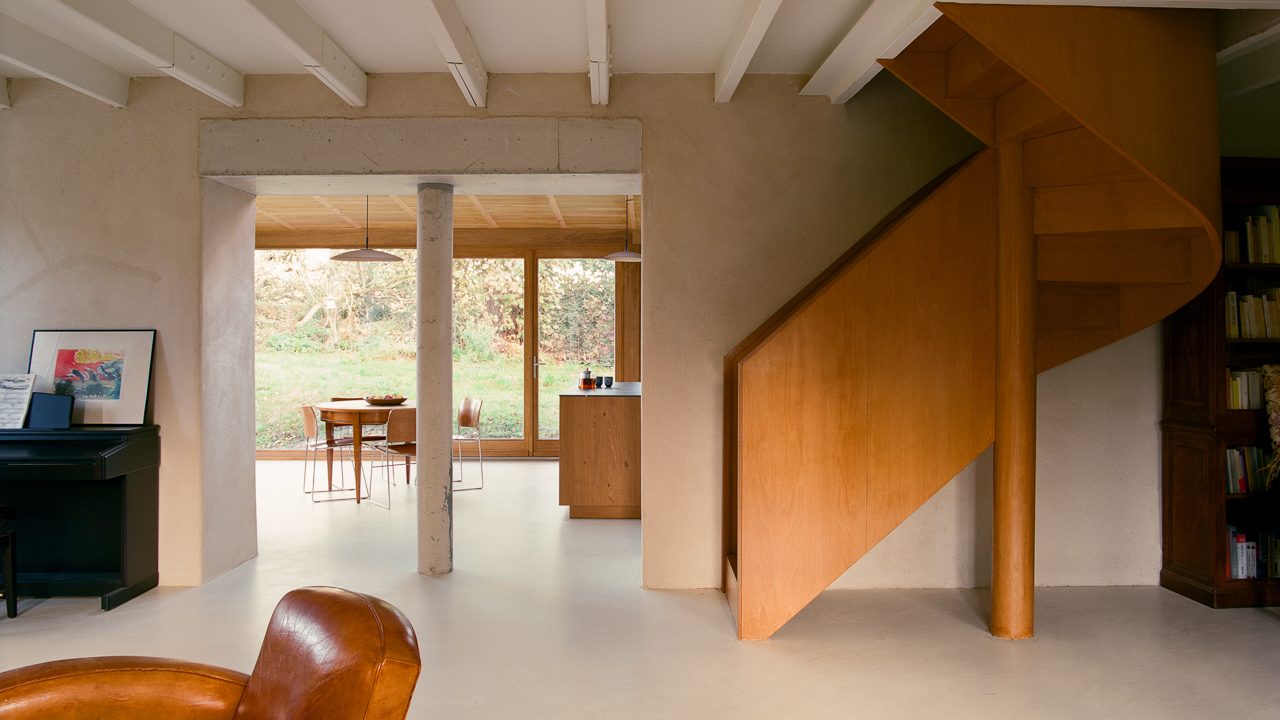 A former fisherman’s cottage in Brittany is transformed by a new timber extension
A former fisherman’s cottage in Brittany is transformed by a new timber extensionParis-based architects A-platz have woven new elements into the stone fabric of this traditional Breton cottage
-
 Arbour House is a north London home that lies low but punches high
Arbour House is a north London home that lies low but punches highArbour House by Andrei Saltykov is a low-lying Crouch End home with a striking roof structure that sets it apart
-
 In addition to brutalist buildings, Alison Smithson designed some of the most creative Christmas cards we've seen
In addition to brutalist buildings, Alison Smithson designed some of the most creative Christmas cards we've seenThe architect’s collection of season’s greetings is on show at the Roca London Gallery, just in time for the holidays
-
 The Architecture Edit: Wallpaper’s houses of the month
The Architecture Edit: Wallpaper’s houses of the monthFrom wineries-turned-music studios to fire-resistant holiday homes, these are the properties that have most impressed the Wallpaper* editors this month
-
 A refreshed 1950s apartment in East London allows for moments of discovery
A refreshed 1950s apartment in East London allows for moments of discoveryWith this 1950s apartment redesign, London-based architects Studio Naama wanted to create a residence which reflects the fun and individual nature of the clients
-
 David Kohn’s first book, ‘Stages’, is unpredictable, experimental and informative
David Kohn’s first book, ‘Stages’, is unpredictable, experimental and informativeThe first book on David Kohn Architects focuses on the work of the award-winning London-based practice; ‘Stages’ is an innovative monograph in 12 parts
-
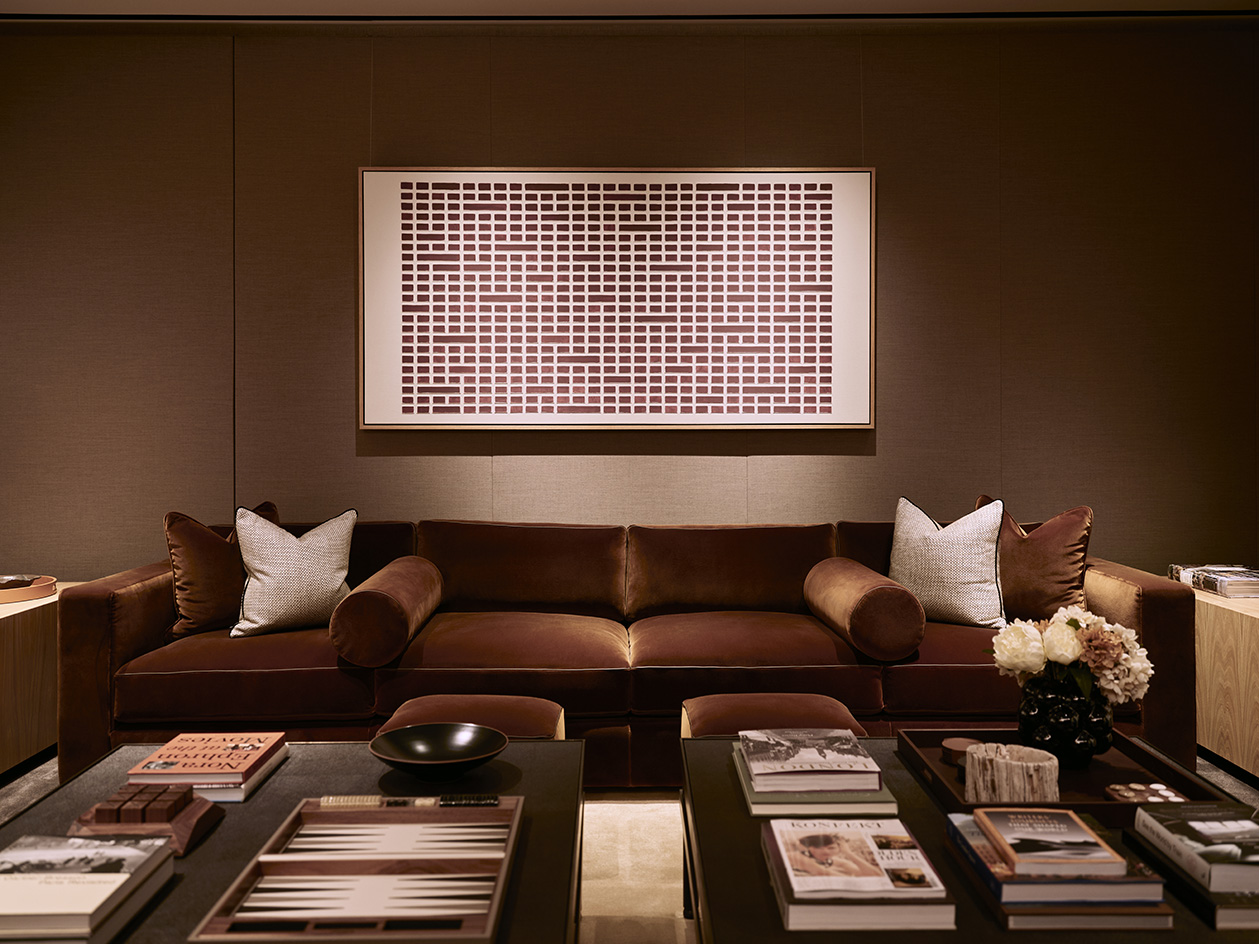 100 George Street is the new kid on the block in fashionable Marylebone
100 George Street is the new kid on the block in fashionable MaryleboneLondon's newest luxury apartment building brings together a sensitive exterior and thoughtful, 21st-century interiors
-
 Futuristic-feeling Southwark Tube Station has been granted Grade II-listed status
Futuristic-feeling Southwark Tube Station has been granted Grade II-listed statusCelebrated as an iconic piece of late 20th-century design, the station has been added to England’s National Heritage List
-
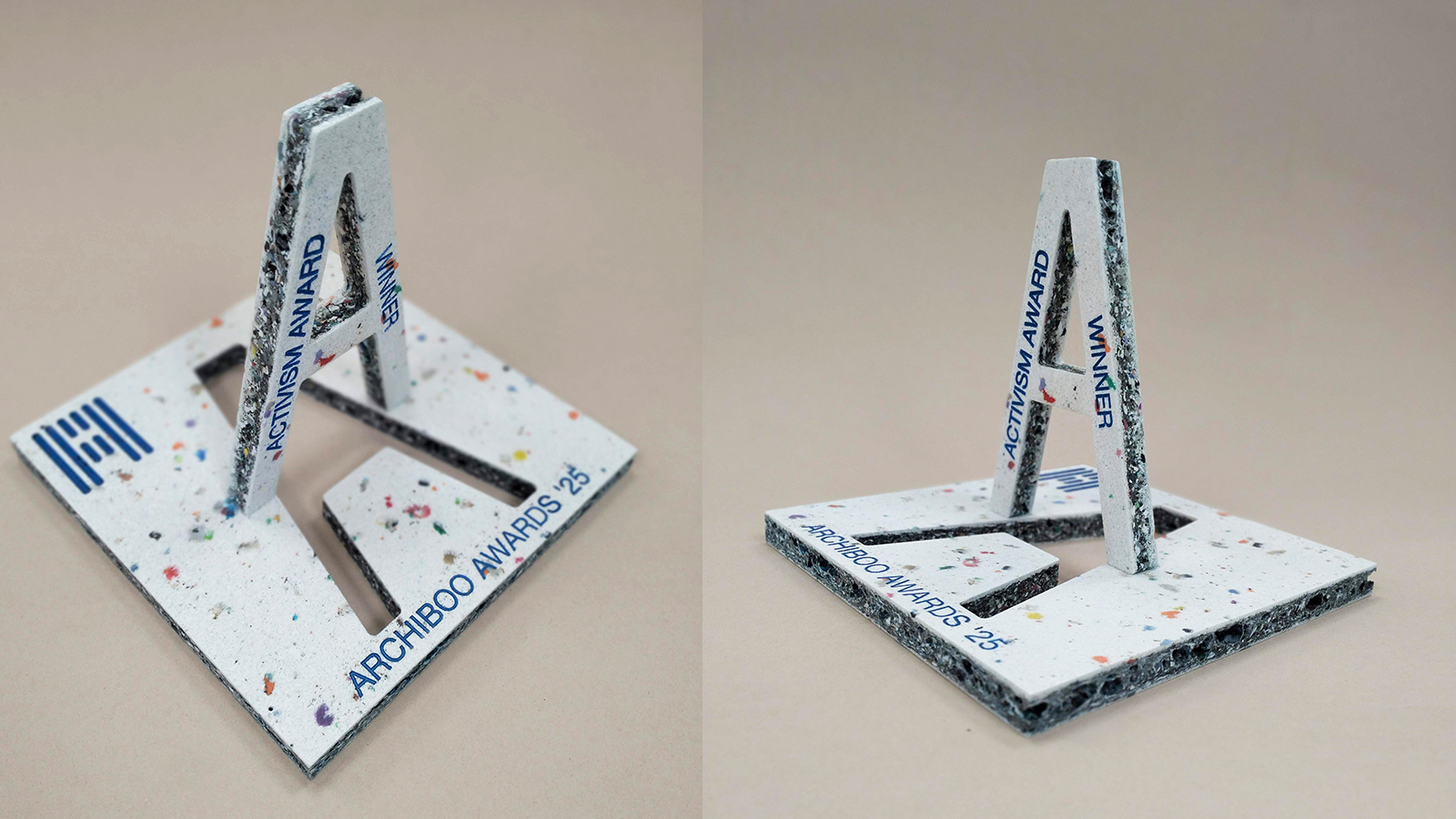 Archiboo Awards 2025 revealed, including prizes for architecture activism and use of AI
Archiboo Awards 2025 revealed, including prizes for architecture activism and use of AIArchiboo Awards 2025 are announced, highlighting Narrative Practice as winners of the Activism in architecture category this year, among several other accolades